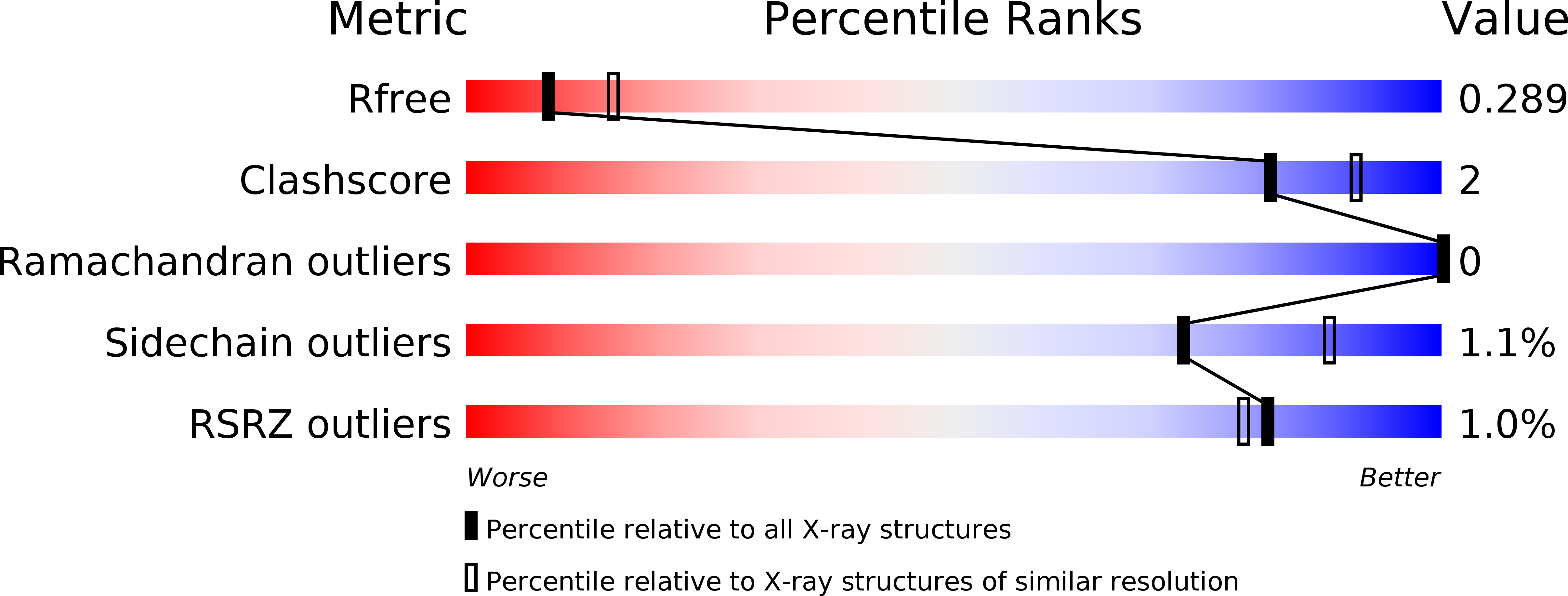
Deposition Date
2018-05-20
Release Date
2018-10-17
Last Version Date
2024-11-06
Entry Detail
PDB ID:
6GKF
Keywords:
Title:
Structure of 14-3-3 gamma in complex with caspase-2 14-3-3 binding motif Ser139
Biological Source:
Source Organism:
Homo sapiens (Taxon ID: 9606)
Host Organism:
Method Details:
Experimental Method:
Resolution:
2.60 Å
R-Value Free:
0.28
R-Value Work:
0.24
R-Value Observed:
0.24
Space Group:
P 41 21 2


